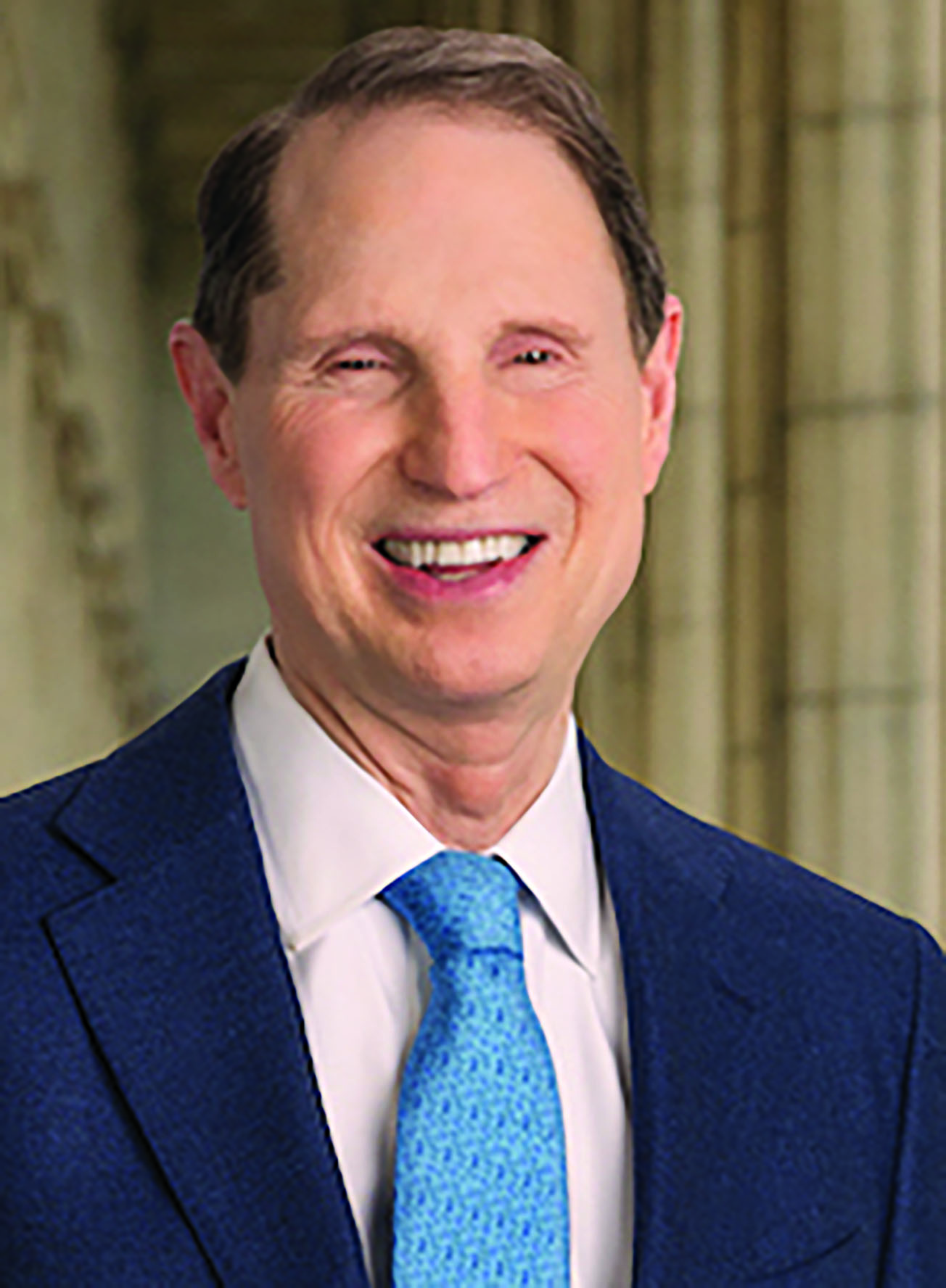Can mathematicians end gerrymandering ?
Published 5:20 am Wednesday, March 1, 2017
Too many legislative and congressional districts follow bizarre boundaries that were drawn to ensure a political party’s dominance. That gerrymandering is why the vast majority of legislative and congressional incumbents win re-election.
Republican Secretary of State Dennis Richardson created the Nonpartisan Redistricting Task Force this year to propose a more evenhanded approach. That has the Legislature’s majority Democrats worried.
Trending
Maybe they have good reason. One topic during Wednesday’s task force meeting was the decline of America’s two-party system. Progressive Party leader Dan Meek noted that 40 percent of Oregon voters are neither Republican nor Democrat, and only 8 percent of voters registered under Oregon’s “motor voter” law are signing up as Republican or Democrat.
The task force is leaning toward recommending that Oregon take redistricting out of the Legislature’s hands and turn that work over to an independent commission. The Portland City Club has recommended such a system.
Meanwhile, a math professor at Tufts University has another approach. Moon Duchin is launching a summer-school class to train mathematicians on how to testify in court about which geometric shapes legitimately make sense for a legislative district.
According to a story in The Chronicle of Higher Education about Duchin’s work, “Because of the increase in cases challenging new electoral maps, she says, there’s a need for expert witnesses who understand the mathematical concepts applicable to gerrymandering.”
Dick Hughes has been covering the Oregon political scene since 1976. He is a columnist for the Salem statehouse bureau of EO Media Group and Pamplin Media.
40% of Oregon voters are neither Republican nor Democrat.









